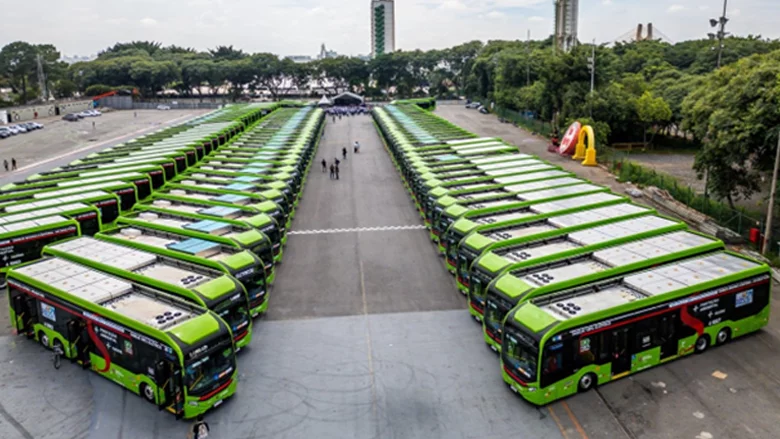Can Enrique Peñalosa restore a tarnished municipal model?
Source: The Economist
The bright-red articulated buses of Bogotá’s TransMilenio, with their dedicated lanes and station-style stops, were once the symbol of a city that had been transformed from chaos and corruption in the 1980s into a model of enlightened management admired and imitated across Latin America. Today the chaos and corruption seem to be back. The TransMilenio buses are horribly overcrowded even at off-peak times, attracting muggers and pickpockets. Though murder rates continue to slide, only 20% of those asked in a poll in September said they felt safe in their city and 27% said they had been victims of crime in the previous year. Road-building at more than 200 separate points across the city of 7.4m people is choking traffic. Things will get worse in May when work starts on Carrera Septima, one of the main arteries.
Bogotanos blame this backward slide on their mayor, Samuel Moreno, a populist from the left-wing Democratic Pole party. In a poll last month by Gallup, 85% of respondents disapproved of his administration. Contractors claim that the mayor and his brother, a senator who resigned this month from the Democratic Pole, have demanded kickbacks for public works. “Lies, lies, lies,” says the mayor. The government’s independent inspector-general has begun an investigation all the same. The inspector has already forced the sacking of the city’s comptroller, Miguel Angel Moralesrussi, and banned him from public office for 20 years.
Whatever the outcome of the inquiries, the city is due to elect a new mayor in October. The candidate comfortably leading the Gallup poll is Enrique Peñalosa (with 39%). As mayor from 1998 to 2001, he did much to change the face of Bogotá. As well as TransMilenio, he built more than 200km of cycle paths, a network of public libraries and got private schools to run new public schools in the poorer south of the city.
But Mr Peñalosa, who was once talked of as a future president of Colombia, is better at urban management than at politics. Mr Moreno beat him easily in 2007 by promising to start building a metro—a pledge which he has yet to keep. Mr Peñalosa, ever the technocrat, pointed out in vain that TransMilenio offered much better value for money.
Can he win this time? His political alliances are wide but potentially contradictory. He is standing for the Green Party, co-led by another former mayor, Antanas Mockus. But Mr Peñalosa also enjoys the backing of Álvaro Uribe, Colombia’s conservative president between 2002 and 2010. Mr Mockus unsuccessfully ran for president last year against Juan Manuel Santos, the man whom Mr Uribe eventually backed as his successor. Mr Uribe is anathema to many of the Green Party’s leftish rank and file. Several prominent members have defected; others have tweeted their disgust. Many in the U Party of Mr Uribe and Mr Santos are not happy either, arguing that they should field their own candidate.
Mr Peñalosa doubtless hopes that the voters will be less sectarian than the activists, and that above all they want their city to be run well. But he is taking no chances. “Having several metro lines would be extraordinary,” he said recently. Extraordinarily expensive, he might add.
¿Comments? ¿Opinions? ¿Similar News? Send them to us!












